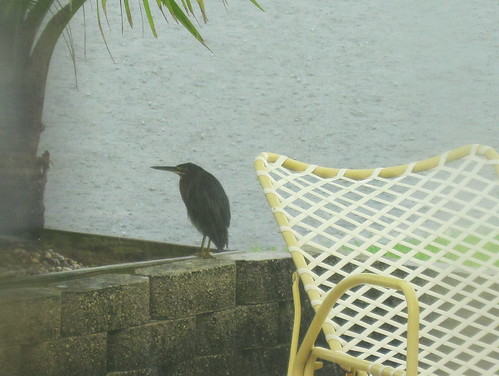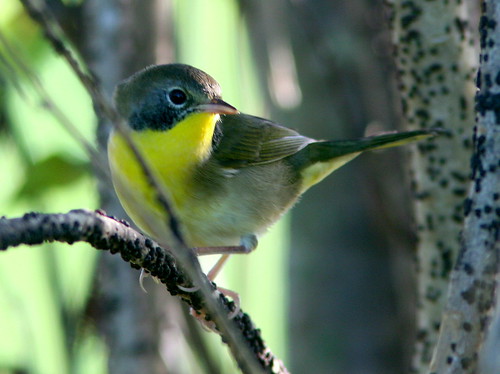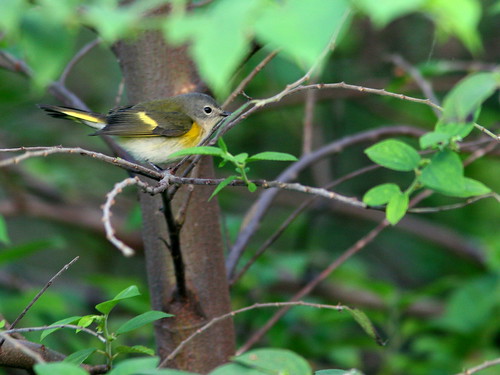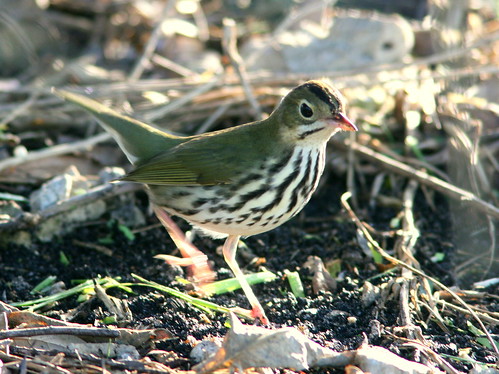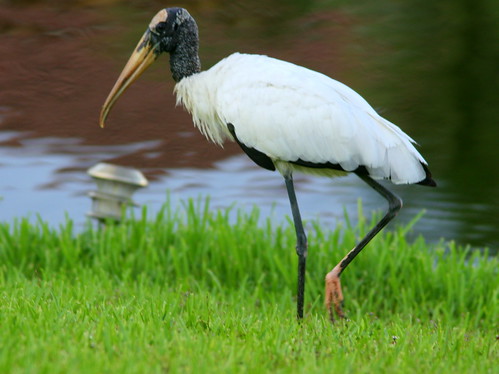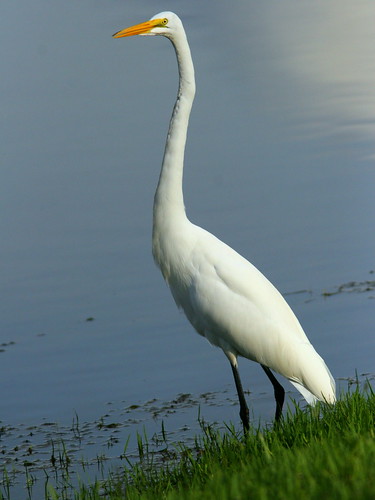Posted by: Ken @ 1:31 pm
Flashback to last Wednesday, September 29: There was little wind, but much rain as Tropical Storm Nicole passed along the coast of South Florida.
A Green Heron hunkered down on our patio (shot through rain-soaked window):
The rain stopped and the skies cleared nicely by sundown. Viewed from our back patio towards the east, the sunset reflected against thunderstorm clouds along the ocean: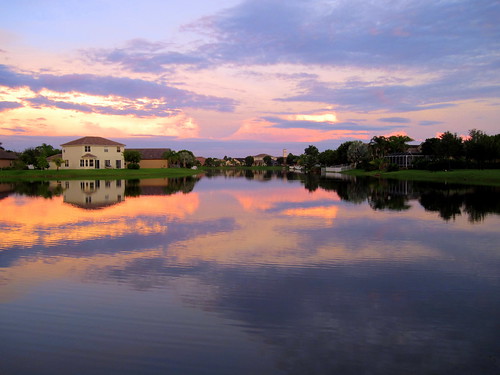
Migrating songbirds had been held up by the approaching storm. Angel and Mariel, who keep careful watch on the Florida radar during migration on their Badbirdz2 blog, predicted that after passage of the storm, strong tailwinds would make flight conditions so favorable that most of the migrants would simply skip over South Florida
The next morning (Thursday, September 30), as we related in our previous post, Warblers, Butterflies and Floaters, we did see about a dozen migrants, mostly newly-arrived Palm Warblers. Badbirdz appeared to have been right. There was no spectacular fall-out; the great bulk of migrants had made it to Cuba..
We watched the radar that evening. My screenshot of Key West radar again showed heavy migration towards Cuba, after the remnants of Nicole had dissipated. We expected to see lots of migrants the next morning, but this was not to be the case.
This is a one hour loop starting around 8:30 PM on September 30, showing spectacular migration across the Florida Straits:
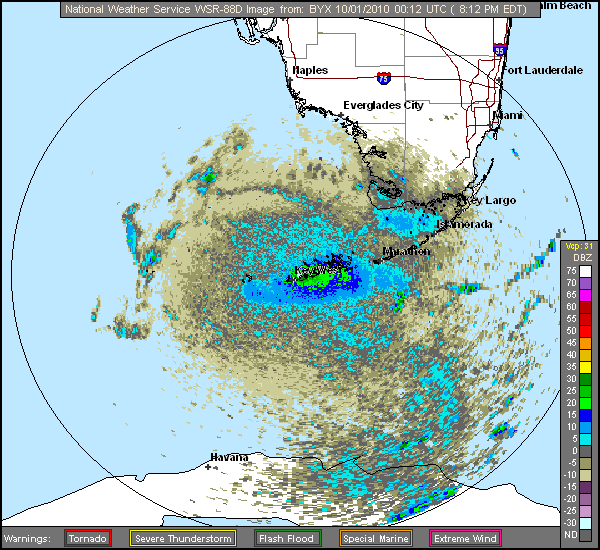
Yesterday (Friday), when we arrived at our birding patch, the mockingbirds were singing, but it was otherwise rather quiet.The Palm Warblers had entirely disappeared, and we saw very few other warblers. Again, it seems that the huge crowd of migrants had bypassed our neighborhood.
A first year male Common Yellowthroat’s colors were particularly bright:
There were plenty of Blue-gray Gnatcatchers to “distract” us in our search for warblers: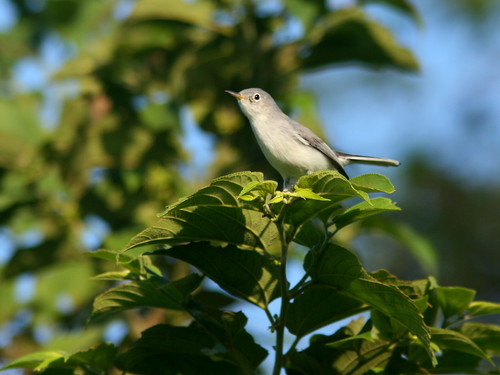
We saw a few Prairie Warblers…
…and a female American Redstart:
An Ovenbird peered cautiously from a perch in the “bird thicket:”
Uncharacteristically, the Ovenbird then flew down into the open, right before our eyes:
Back yard visitors, photographed from our patio, included a Wood Stork…
…and a Great Egret:
We had an interesting visitor on our front sidewalk this morning. An odd-looking 1 1/2 inch-long wormy-looking thing slithered rather quickly and effortlessly over the pavement:
There were no antennae on its hammer-shaped head. It moved too fast for a slug, and there were no visible legs as in a millipede:
It was neither an insect nor a slug. When I touched it to make it change course away from a hiding place, it stuck to my fingernail and obviously had a coating of sticky mucus. I learned that it was a flatworm, a “Land Planarian,” rather common in South Florida. A cannibal with three intestines an no anus, it eats part of its own body if food (mostly earthworms) is scarce.
From entnemdept.ufl.edu/creatures/misc/land_planar
ians.htm
The land planarian Bipalium kewense Moseley
was first described from a greenhouse at Kew
Botanical Gardens near London, England, in
1878. This species is believed to be native
to Indo-China, and has been found commonly in
American greenhouses since 1901… They lack
a respiratory and circulatory system, a
skeleton, and an anus. [That would sure make
me cranky!] …Land planarians glide smoothly
on the substrate by the action of powerful,
closely spaced cilia in a special medial
ventral strip (creeping sole), on a thin coat
of mucus secreted on the substrate by glands
opening into the creeping sole.
Video of large one in Borneo: www.youtube.com/watch?v=Fq_aSR5FK0Y













